Frozen-Ground Cartoons: A Multiform Innovative Project for Permafrost Science Communication and Outreach
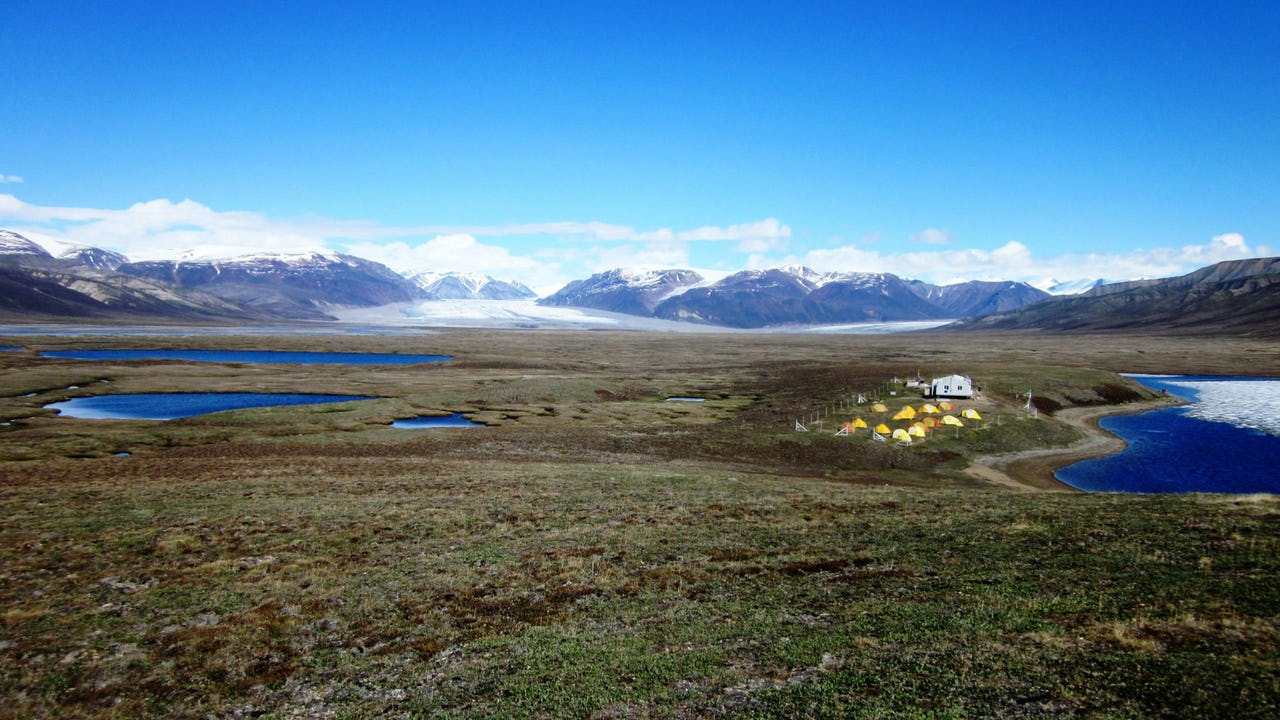
Goose Camp’ research station in Sirmilik National Park, Bylot Island, Nunavut (Canada). Photo: Frédéric Bouchard
Permafrost thaw is one of the world’s most pressing climate problems, already disrupting lifestyles, livelihoods, economies, and ecosystems in the north, and threatening to spill beyond the boundaries of the Arctic as our planet continues to warm. To examine the effects of permafrost degradation, and increase our understanding of what this phenomenon means for the future of the region (and the world), The Arctic Institute’s new two-part permafrost series aims to analyze the topic from scientific, security, legal, and personal perspectives.
The Arctic Institute Permafrost Series 2020
- Permafrost Thaw in a Warming World: The Arctic Institute’s Permafrost Series Fall-Winter 2020
- Takeaways from the Arctic Tundra
- Dwindling Arctic Sea Ice and Impacts to Permafrost Health
- Frozen-Ground Cartoons: A Multiform Innovative Project for Permafrost Science Communication and Outreach
- The Intersection of U.S. Military Infrastructure & Alaskan Permafrost Through the 21st Century
- When ‘Perma’ Is No Longer ‘Perma’: Investigating Permafrost Degradation in Churchill, Manitoba
- A Blessing and a Curse: Melting Permafrost in the Russian Arctic
- Carbon: Three Observations on Life, Death, and Uncertainty in the Permafrost
- Translating Newfound Permafrost Knowledge into Climate Action
Permafrost occupies nearly twenty million square kilometres of the Earth’s high-latitude regions. It is ubiquitous across the circumpolar Arctic, being the foundation of ecosystems and infrastructures for about four million people living mainly in Alaska, Canada, Russia, Scandinavia and Greenland. But permafrost stability is under threat because of climate change and various related impacts of its degradation. For example, road and airstrip failure, as well as the release of formerly frozen organic matter and contaminants to the environment are already observable at many sites. Permafrost research is thus of considerable scientific and societal importance.
Communicating scientific results to stakeholders and the general public is increasingly important, but often challenging due to geographical, historical, political or cultural reasons. There is a need to better ‘mobilize’ permafrost knowledge to the society, including educators and the younger generations. Merging science with the arts represents an excellent way to do just that. Our team aims to disseminate important information about permafrost science, Arctic ecosystems, and climate change with scientific comic strips and ‘geeky cartoons.’
An international collaboration between researchers and artists
The Frozen-Ground Cartoons (FGC) project was born in late 2015 with the objective to make permafrost science accessible to the general public, with a special focus on school kids and teachers, using thematic comic strips. Early-career researchers from Canada and Europe joined forces to build an outreach project presenting and explaining permafrost research conducted across the Arctic, putting emphasis on field work. The project was initially launched as a two-year ‘Action Group’ (2016-2018) funded by the International Permafrost Association. An open call was first sent around the world to recruit artists, and among the nearly 50 applications received from 16 different countries, two artists were selected: Heta Nääs from Helsinki (Finland) and Noémie Ross from Montréal (Canada).
The following months were spent developing stories and characters, an iterative creative process involving both the artists and the scientists via several online meetings and a one-day workshop during the International Conference on Permafrost (held in June 2016 in Potsdam, Germany). Artists were ultimately given complete freedom in creating the stories and characters, as long as the underlying science was sound. To help the reader understand the comics better, a glossary of words often used in permafrost science, although less known by the general public, was produced around the same time. Finally, the English and Swedish versions of the comics were released in 2017, quickly followed by the French and German translations in 2018, and by the Russian version in 2019. Priority has recently been put on translating the comics into languages spoken in permafrost regions, generally in smaller communities (e.g., Inuktitut, Greenlandic, Yakut). So far, comics in nine languages are available for free download on the FGC website. Examples are shown below.
Ongoing and future ‘spin-off’ projects
Along the way, our FGC have gained much traction among the scientific community and the general public, while generating several ideas for parallel projects that were not planned at the beginning. These include augmented reality (AR) material, such as maps, photos, videos, and 3D drawings that are readily available via a smartphone/tablet application, freely available online. AR is an excellent way to go beyond the cartoons, ‘deeper’ into scientific content (e.g., permafrost properties and distribution around the world, typical equipment used by researchers in the field, and more), in a casual way. There is great potential to include such material within school programs, perhaps in science and/or geography classes at different levels. A pilot project, consisting of permafrost workshops coordinated by high-school teachers, is currently under development across Luxembourg.
Furthermore, a science-themed board game, stemming from the FGC and associated with the AR material, is also under production. School classes and families will be able to engage in educational travel by moving onto a multiplayer permafrost world-map platform. Trivia-inspired questions, from both natural sciences and the humanities, will be split into six categories: biology; geosciences; physics & chemistry; social & human sciences; history & archeology; and geopolitics & economy. Through the game, players will innovate, test hypotheses, publish articles, and collaborate with stakeholders or with other scientists.
With translations into several languages, including ones spoken in Arctic communities, and related ‘by-products’, the FGC project aims to spark interest in permafrost research among broad audiences, inspire potential future permafrost ‘lovers’, and raise public awareness for polar environmental and societal challenges.
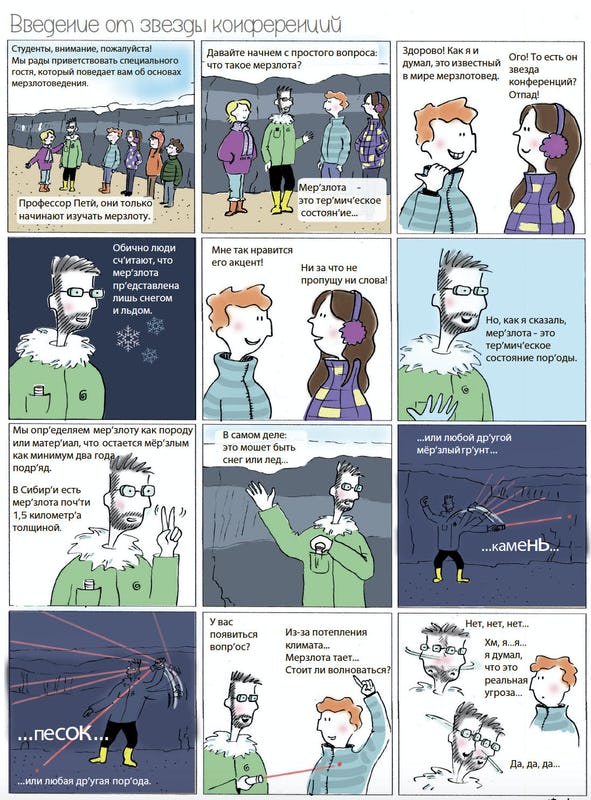
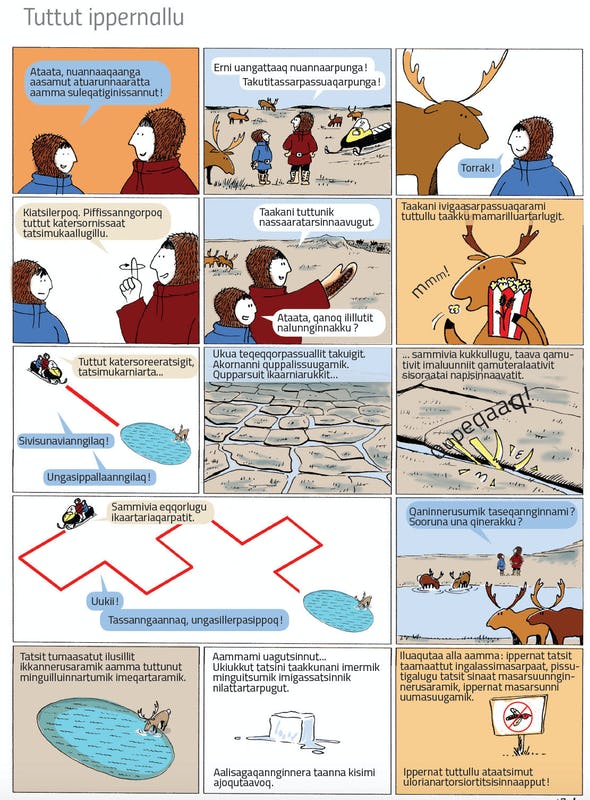
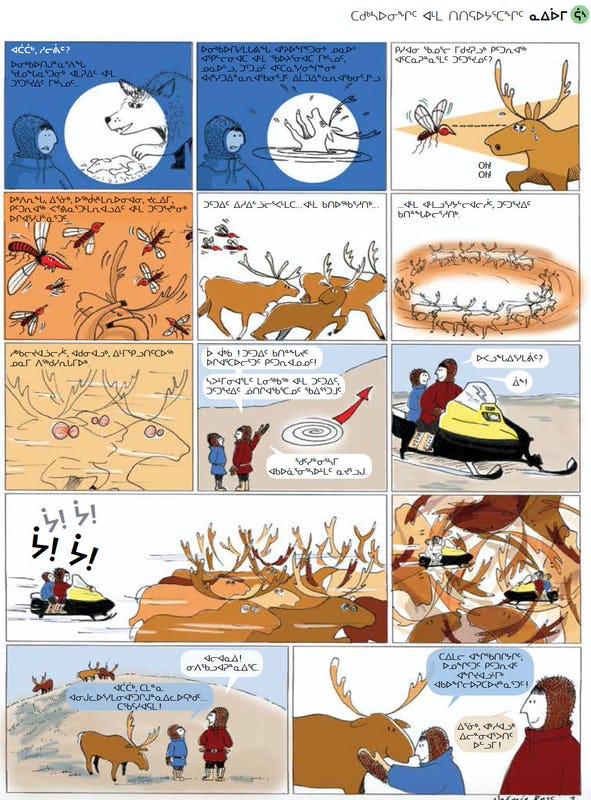
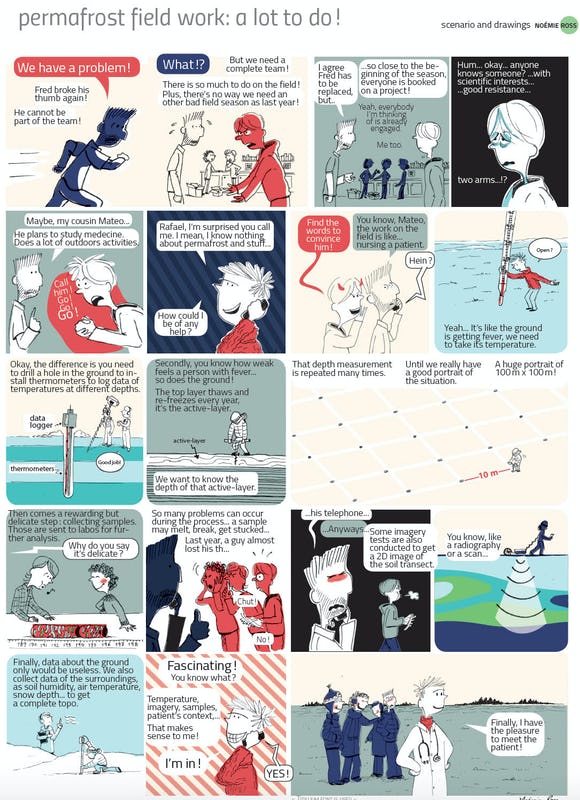
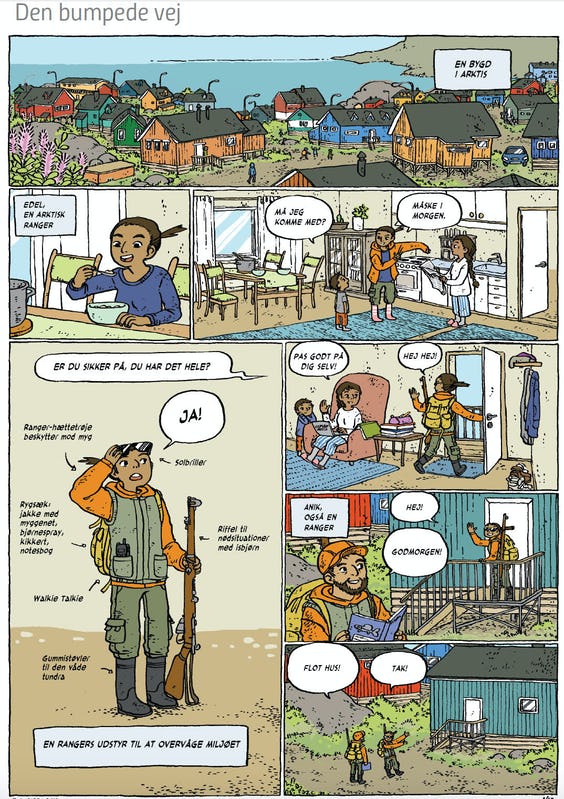
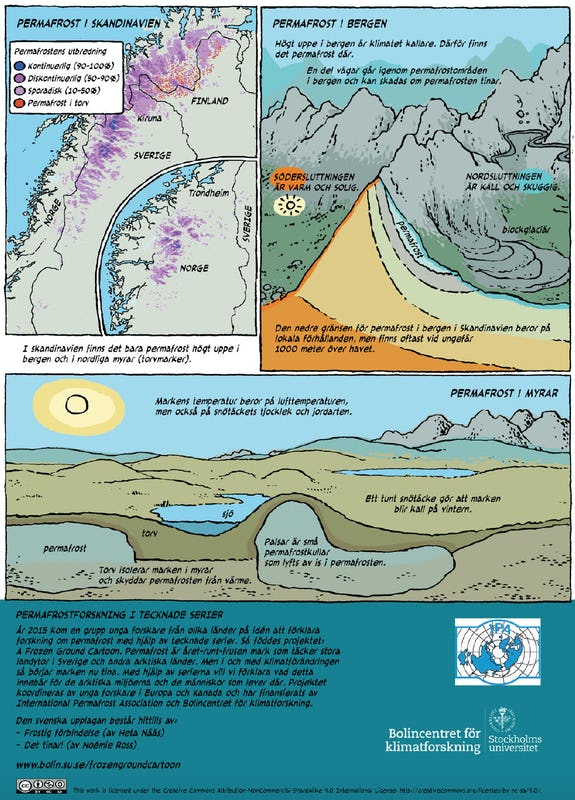
Acknowledgements
We sincerely thank the artists, Heta Nääs and Noémie Ross, for creating engaging permafrost stories and characters. Financial support was provided by the International Permafrost Association (IPA), the International Arctic Science Committee (IASC), Climate and Cryosphere (CliC), Arctic Development and Adaptation to Permafrost in Transition (ADAPT), the Permafrost Young Researchers Network (PYRN), the Bolin Centre for Climate Research, the Alfred Wegener Institute Helmholtz Centre for Polar and Marine Research (AWI), the Association of Polar Early Career Scientists (APECS), the IMPACT! Fund, the EU H2020 project Nunataryuk, Fonds national de la recherche Luxembourg, Service de coordination de la recherche et de l’innovation pédagogiques et technologiques (SCRIPT), and polar.lu. More details about the project can be found online (https://frozengroundcartoon.com) and in the following publication:
Bouchard F et al. (2019). “Frozen-Ground Cartoons”: Permafrost comics as an innovative tool for polar outreach, education, and engagement. Polar Record, 54(5-6): 366-372.https://doi.org/10.1017/S0032247418000633
Frédéric Bouchard is a researcher at Géosciences Paris Sud (GEOPS) at Université Paris-Saclay, France. He is a laureate of the ‘Make Our Planet Great Again’ initiative launched by the French President to recruit climate and Earth science researchers worldwide. Ylva Sjöberg is an Associate Professor in Geography at the Department of Geosciences and Natural Resource Management at University of Copenhagen, Denmark. She is also a member of the Center for Permafrost (CENPERM). Michael Fritz is a permafrost researcher at the Alfred Wegener Institute Helmholtz Centre for Polar and Marine Research (AWI) in Potsdam, Germany. He is also co-leading the ‘Coastal Permafrost’ work package in the EU H2020 project Nunataryuk.